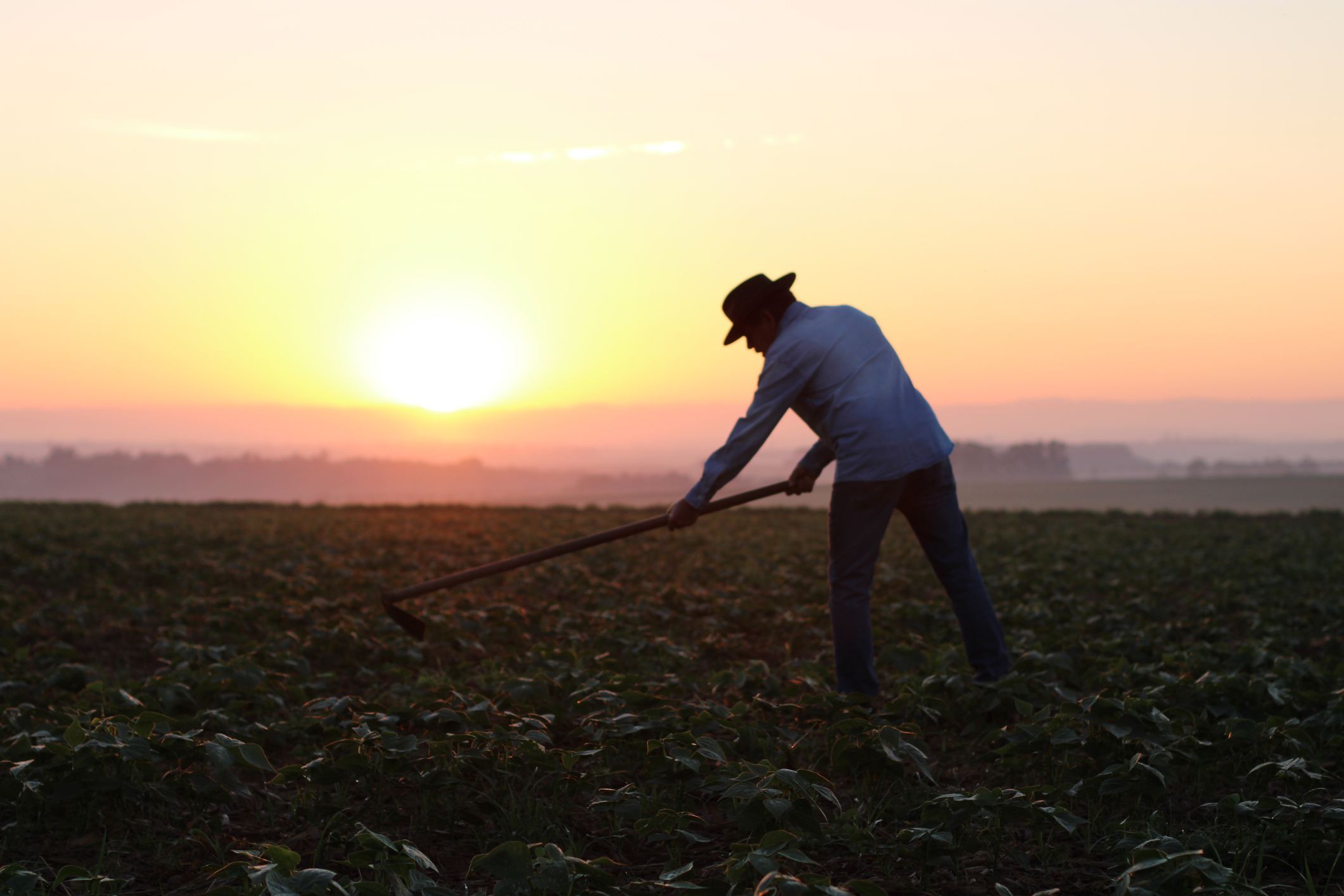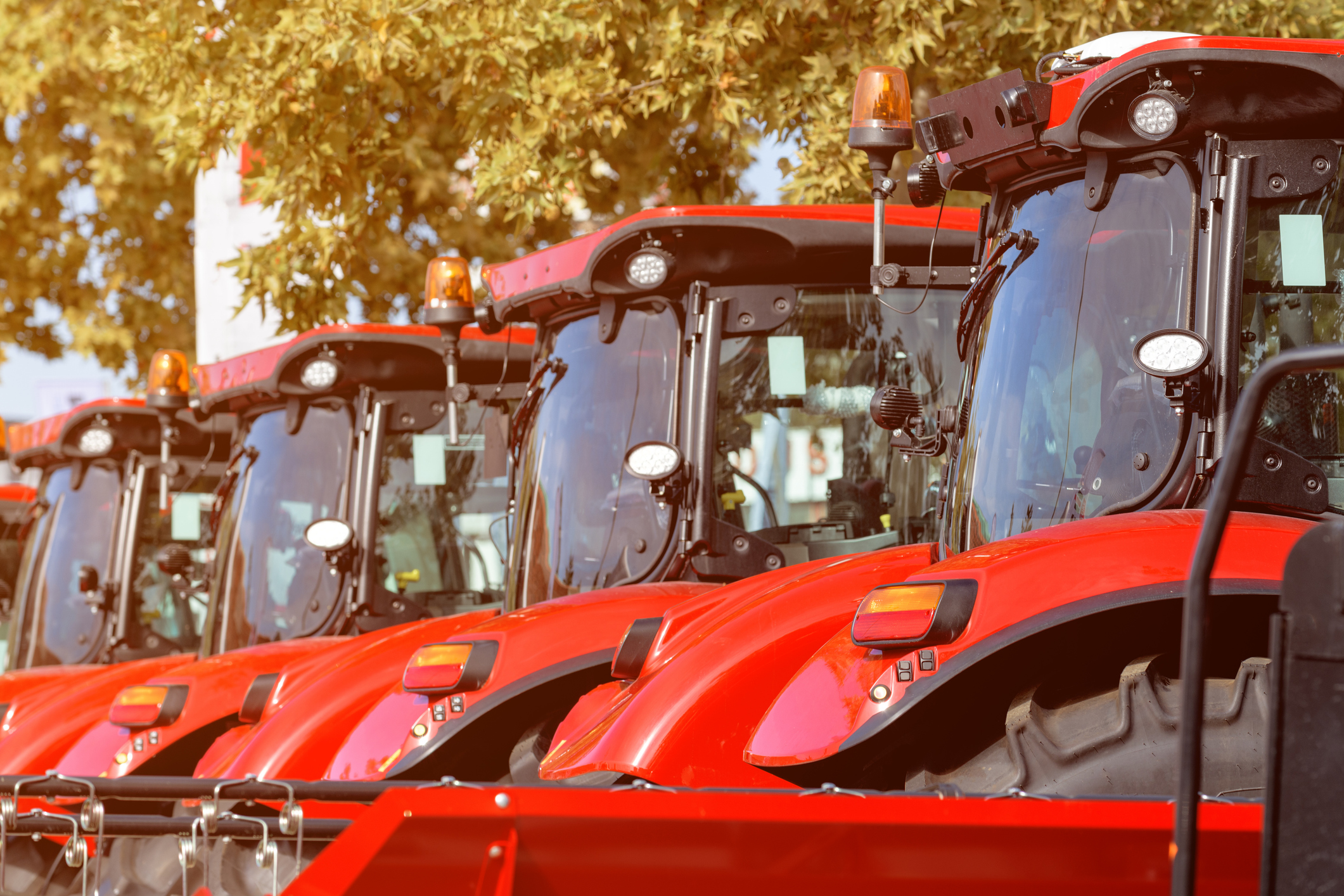It is illegal to hire farmworkers on an H-2A visa instead of qualified local farmworkers. That simple fact undermines the latest attempt to dramatically increase farm labor costs and harm family farms across Washington state.
The federal H-2A visa program is an often-misunderstood foreign worker program. For years, there have been calls to reform the complex program that requires extensive cooperation between state and federal employment agencies. Perhaps the latest suit filed to undermine the program will spur reform.
The suit filed earlier this week alleges the U.S. Department of Labor allows the exclusion of local farmworkers from the hiring pool by artificially depressing wages via the H-2A program.
The suit contains two fallacies about the H-2A visa program: 1) agricultural employers have the ability to hire foreign workers before local workers, and 2) local wages can be depressed by the presence of H-2A workers.
There are several federal requirements agricultural employers must abide by when trying to hire farmworkers through the H-2A visa program including:
- Contact formerly employed U.S. workers and invite them to return to their job;
- Submit information for the publication of the job through the Office of Foreign Labor Certification’s (OFLC) electronic job registry (SeasonalJobs.dol.gov);
- Cooperate with the State Workforce Agency (SWA) by accepting referrals of applicants;
- Hire any applicants who are qualified and available up until the 50% point of the contract, including those who are referred by the SWA and those who apply directly to the employer;
- Reject U.S. applicants only for lawful, job-related reasons;
- Create and maintain a recruitment report detailing all recruitment activities; and
- Conduct any additional recruitment activities as directed by the OFLC’s Certifying Officer (CO).
Fulfillment of each of these requirements is tracked via state and federal agencies. Tracking of contacts with former employees must be done through a recruitment report submitted to state and federal departments of labor which records what happened in every contact instance. Additionally, an agricultural employer who lays off workers prior to applying for H-2A hiring certification is generally considered ineligible to participate in the program, which is need-based. In the event workers are on strike or there is a labor dispute, H-2A workers cannot be hired to mitigate the consequences of a labor stoppage.
If any of these requirements are violated, agricultural employers risk significant financial penalties assessed by both the government and by farmworkers who’ve been harmed, disbarment from future participation in the program, and more.
The second fallacy presented by the suit is that local wages are depressed by the presence of H-2A workers on a farm.
In a hearing before the Washington State Senate Labor Committee earlier this year, a former orchard owner testified her family had made the decision to close their business because of skyrocketing labor costs. She noted approximately 90 percent of their operating costs were related to labor.
The U.S. DOL set this year’s Adverse Effect Wage Rate (AEWR) — the minimum wage for H-2A workers — at $19.25 per hour for Washington state for the 2024 season, making it the second-highest wage rate in the United States. The AEWR has been adjusted upward annually for at least the last decade. Comparatively, the general minimum wage for Washington state is $16.28 per hour, the highest minimum wage in the United States. In the suit filed against U.S. Department of Labor, labor activists allege the AEWR is much too low and depressing local farmworker wages. Activists allege they could command hourly wages of up to $28 per hour if the government reduced competition from H-2A workers.
What farmworker union activists are really arguing for is the ability to create a false labor shortage by cutting off access to H-2A visa holding workers and driving up the wages for local workers.
Those same activists like to point to the $12.7 billion in revenue farms recorded in 2022 as proof farms can afford to pay higher wages. Conveniently, activists choose to leave out the rest of that data set. Farm expenses in 2022 were $11 billion, with the single largest coming from labor at nearly $3 billion that year alone.
Additionally, there is some evidence to suggest the current high labor costs in Washington state are driving farms and ranches out of business.
No matter where a farmworker is coming from, the purpose of the H-2A program is to act as a last resort for agricultural employers who choose to access it. Everything about its rules and requirements are designed to make it the least attractive option for U.S. agricultural employers. The program requires preferential hiring practices for local farmworkers. It mandates all workers, regardless of where they are from, be afforded the same “perks” and benefits. For example, if an employer provides a “welcome” gift of supplies to H-2A workers, local workers must be provided an identical gift. The program also requires that every employee on a farm with an H-2A visa holder be paid at the same rate as the visa holder, if they are in equivalent job positions.
The H-2A program provides the exact opposite of what activists are trying to argue in their suit against the U.S. DOL. Their logic is based on a fiction – that farmers would be forced to pay higher wages if an artificial labor shortage could be created. Given the already high labor costs, it is more likely to reduce the number of farms and farmworkers.




